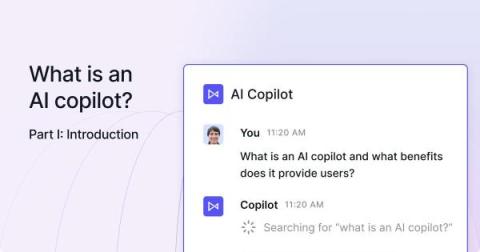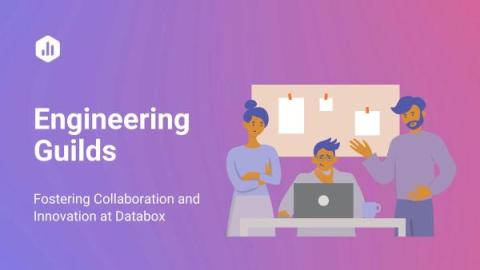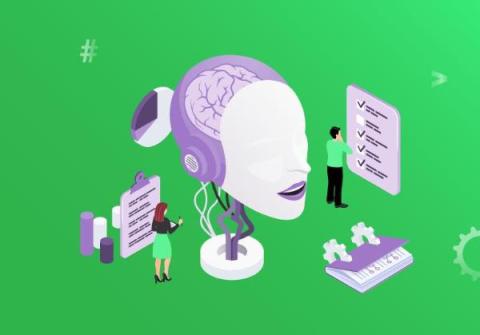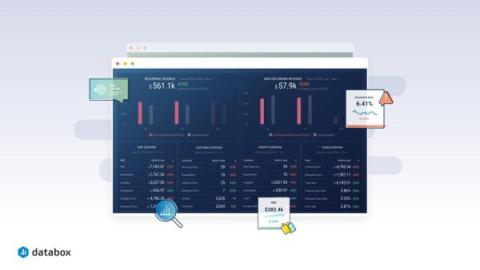Systems | Development | Analytics | API | Testing
Latest News
The Top 6 Big Data Events for 2024
Do you still need a WebSocket fallback in 2024?
When WebSockets were first announced in 2011, they had some teething problems. As a result of these teething problems, only the most daring and experimental developers would rely solely on WebSockets for realtime communication. For most of us, it became a necessity to implement a fallback protocol in case the WebSocket connection can’t be established.
What is an AI copilot?
The rise of generative AI and the massive popularity of OpenAI’s ChatGPT has led to widespread recognition that software applications are about to fundamentally change. Generative AI offers the potential to both deliver breakthrough new application capabilities and transform the way people interact with software.
2024 Predications for SAP Finance Teams
Fostering Collaboration and Innovation through Databox Engineering Guilds
Choosing Billing Metrics in Apigee vs. Moesif
Perhaps the most important part of any monetization strategy is the effective selection of API billing metrics. Billing metrics form the backbone of your monetization strategy, and giving ample thought to what – and how – to monetize will pay long-term dividends both in economic terms as well as management ones. Today, we’re going to look at what API billing metrics actually are, and how they related to your long-term monetization strategy.
Role of AI in requirements engineering
The current state of AI, despite the relevant infancy of the tools, showcases promising potential. While human assistance is still needed, the convergence of chat UI and large language models allows users to ask for what they want in a natural language, and the technology is growing intelligent enough to respond or even take action.
18 SaaS Metrics and KPIs Every Company Should Track
Growing any business is difficult, but scaling a software as a service (SaaS) company is on a whole other level. Most SaaS companies struggle to achieve predictable revenue growth, while even public SaaS companies struggle to achieve profitability. To make a SaaS company successful, you can’t just change your software delivery model to the web and expect it all to work. You have to make thoughtful, data-driven decisions when it comes to your marketing, sales, and customer success operations.










